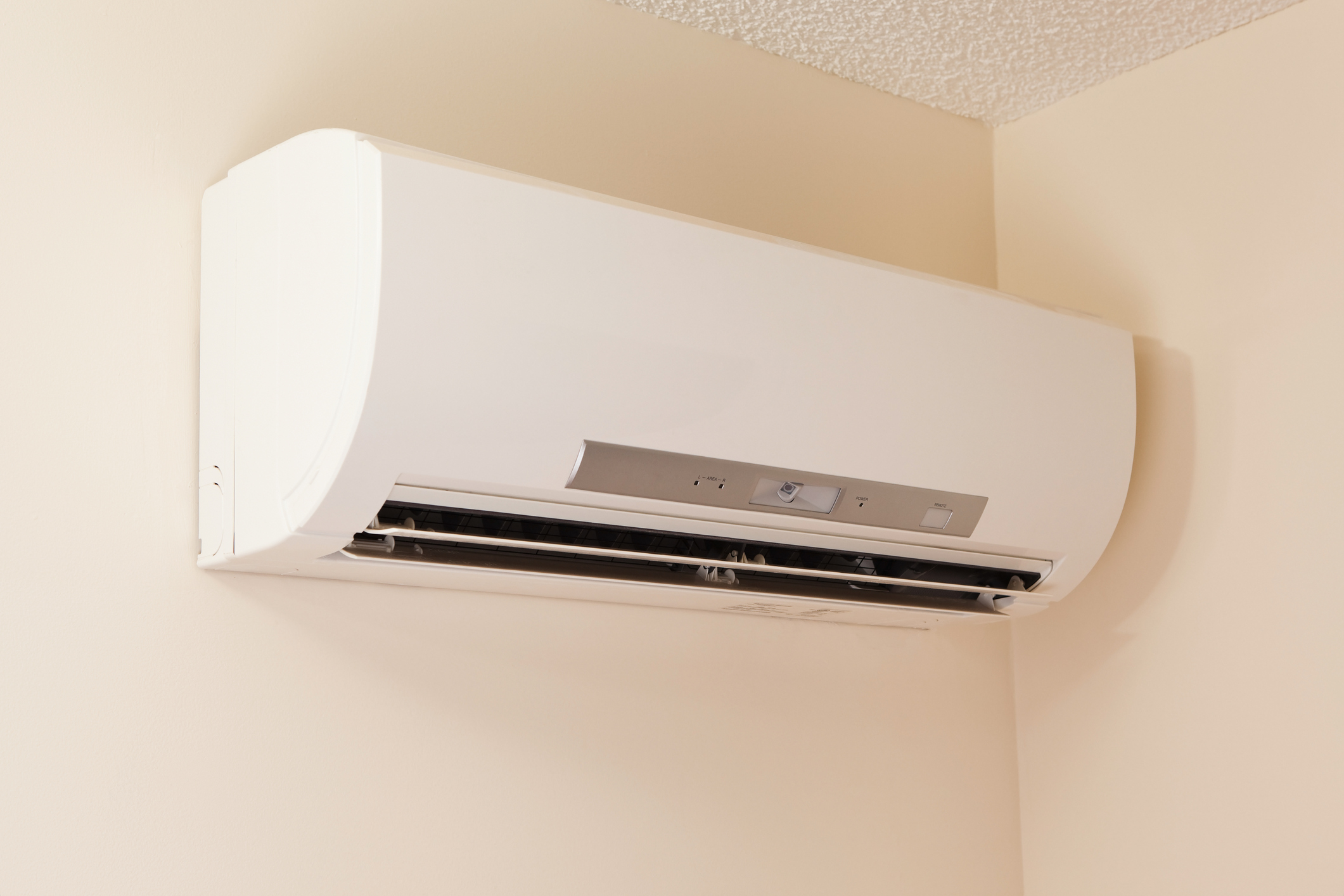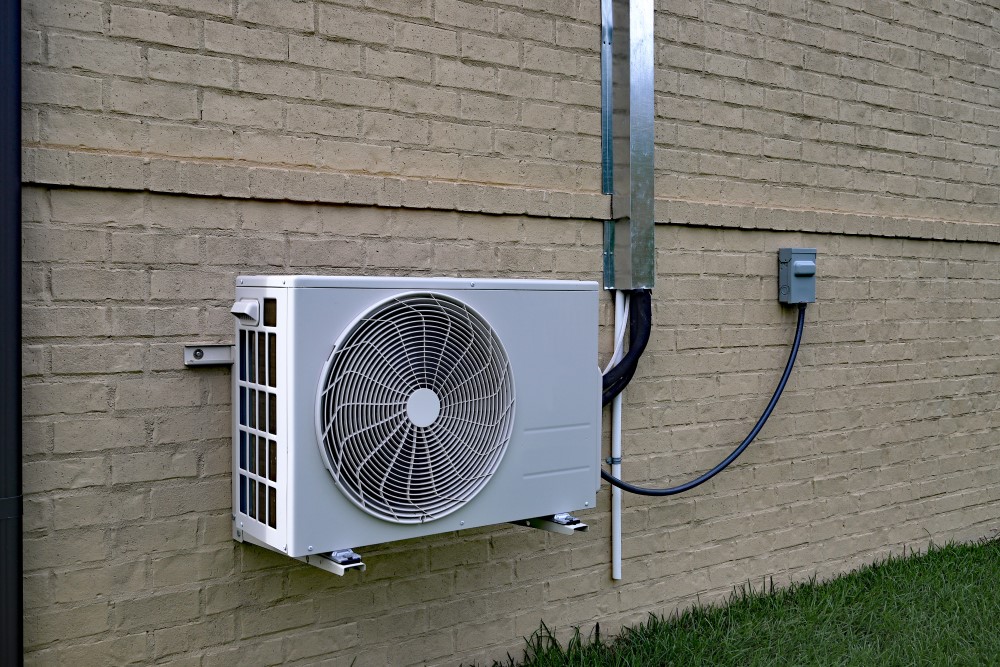Considering the complexities of cooling old houses, cooling installation for historic homes poses peculiar circumstances.
How can you maintain the honesty of period residential properties while making sure first-class interior comfort?
Decipher the enigmatic interplay between contemporary air conditioning conveniences and classic architectural treasures in the adhering to conversation.
Key Takeaways
- Preserve historic appeal with appropriate materials and expert advice.
- Upgrade electric systems for contemporary HVAC compatibility and safety.
- Check out compact air conditioning choices like mini-split or high-velocity systems.
- Boost energy efficiency through insulation, wise thermostats, and upkeep.
Historical Factors to consider
When taking into consideration the setup of cooling in a historical home, it is necessary to understand the unique historic elements of the residential property. Remediation obstacles usually emerge when trying to blend contemporary convenience with protecting the historic honesty of the home. The building impact of mounting air conditioning need to be meticulously examined to make sure that the system doesn't diminish the home's original design. air conditioning service
Maintaining the historical appeal of a home while upgrading its amenities can be a fragile equilibrium. Reconstruction challenges may include discovering methods to conceal ductwork, locating discreet areas for the exterior unit, or adjusting the system to fit within the existing architectural restrictions. It's important to deal with specialists experienced in historical home remodellings to navigate these difficulties successfully.
The building influence of adding air conditioning can be considerable. Mindful factor to consider has to be offered to how vents, thermostats, and other components will blend with the home's aesthetic. Seeing to it that the installment doesn't endanger the historical honesty of the residential property is vital when carrying out such a project in a historic home.
Examining Electrical Equipments
To assure an effective setup of a/c in a historical home, evaluating the compatibility and capacity of the existing electrical systems is vital. Prior to waging the installation, it's important to assess whether the electrical system can handle the additional load that the cooling unit will certainly present. Sometimes, updating the voltage of the electrical system might be required to make sure it can power the new air conditioning system effectively.
System compatibility is one more vital variable to review when evaluating the electrical setup of a historic home. Older electrical systems may not work with modern air conditioning systems, which might bring about malfunctions and even posture security threats. Ensuring that the electrical system works with the new a/c tools will certainly help prevent any type of prospective issues down the line.
Area Restrictions and Ductwork Options
When handling restricted space in your historical home, you may wish to explore ductless mini-split systems or high-velocity heating and cooling systems as viable options. These systems can provide effective air conditioning without the need for extensive ductwork, making them appropriate for older buildings with area restraints.
Ductless Mini-Split Equipments
Thinking about room restrictions and various ductwork options, ductless mini-split systems offer a versatile solution for a/c installment in historical homes. These systems offer considerable power savings contrasted to traditional a/c setups, as they permit zoning, implying you can cool down particular locations just when needed.
The style versatility of ductless mini-split systems is additionally beneficial for historic homes, where protecting the initial visual appeals is important. Without ductwork needed, installation is much less invasive, making it a preferred selection for older homes with minimal room or where protecting architectural integrity is a concern.
Ductless mini-split systems are reliable, personalized, and blend perfectly right into historical interiors, supplying a practical and energy-efficient air conditioning option.
High-Velocity Cooling And Heating Solutions
High-Velocity heating and cooling systems supply a compact and reliable cooling option for historical homes with restricted room and specific ductwork needs. When considering these systems for your historical home, right here are four key points to remember:
- Mini air duct systems: High-Velocity a/c systems utilize small air ducts that are much smaller sized in size contrasted to conventional ductwork, making them suitable for homes with space constraints.
- Compact layout: The compact layout of these systems enables simpler installation in older homes where area is limited.
- Efficient air conditioning: In spite of their tiny dimension, high-velocity systems can supplying effective air conditioning throughout your historical home.
- Adaptable installation: These systems provide different ductwork choices, such as flexible tubing, which can be routed through existing wall surfaces without major improvements.
Power Efficiency Solutions
To improve the energy efficiency of your historic home, consider upgrading the insulation and incorporating a smart thermostat. These remedies can aid manage interior temperatures effectively and lower energy consumption, guaranteeing a much more sustainable and cost-efficient air conditioning system for your special residential property.
Make these upgrades part of your a/c installation plan to take full advantage of convenience while minimizing environmental influence.
Insulation Upgrades
Upgrading the insulation in your historical home can significantly enhance its power effectiveness and total comfort while preserving its distinct character and appeal. Take into consideration these crucial approaches for insulation upgrades:

- Assess Home Window Treatments: Mounting energy-efficient window therapies like shielded drapes or blinds can assist lessen heat transfer and improve the general efficiency of your home.
- Boost Roof Covering Insulation: Updating roofing insulation is essential for much better temperature level regulation within your historical home, assisting to maintain it cool down in the summer season and warm in the wintertime.
- Seal Gaps and Cracks: Recognizing and securing voids and fractures in your house's wall surfaces, floorings, and ceilings can stop air leakage and enhance insulation effectiveness.
- Think About Attic Insulation: Effectively insulating your attic can considerably decrease warm loss and boost the overall energy efficiency of your home.
Smart Thermostat Integration
Thinking about the energy-saving advantages of insulation upgrades in your historic home, integrating a clever thermostat can even more enhance your energy efficiency solutions.
Smart thermostats offer precise control over your home's temperature level setups, resulting in substantial energy financial savings. By maximizing home heating and cooling timetables based upon your preferences and everyday routines, you can reduce power waste and lower energy expenses.

Additionally, wise thermostats provide remote accessibility, permitting you to change the temperature setups from anywhere using your smart device or computer. This function enables you to make sure your home is efficiently heated or cooled even when you're away, maximizing convenience while minimizing energy usage.
Accepting clever thermostat modern technology is a sensible action towards improving the power efficiency of your historical home.
Conservation Methods for Air Vents
Maintaining the stability of historical air vents is vital throughout the installation of cooling systems in older homes. When it pertains to preserving the architectural credibility of your historical residential or commercial property while updating its comfort, take into consideration the adhering to conservation strategies for air vents:
- Remediation Techniques: Apply mindful repair methods to protect the original layout and material of the air vents, guaranteeing they mix flawlessly with the historical appearances of your home.
- Consult Specialists: Consult from professionals experienced in historical conservation to guide you on the best techniques for keeping the air vents' architectural stability.
- Custom-made Solutions: Check out custom solutions that cater to the unique characteristics of your historic air vents, enabling modern upgrades without endangering their initial appeal.
- Period-Appropriate Products: Select period-appropriate products when fixing or changing air vents, ensuring they line up with the historic age of your home's design.
Specialist Tips for Effective Installation
When mounting air conditioning in historic homes, ensuring successful installation calls for adhering to expert suggestions for a smooth integration with your home's one-of-a-kind attributes.
Start by thoroughly assessing guarantee insurance coverage offered by various cooling and heating business to shield your investment in instance of malfunctions. Obtain all necessary authorization needs from neighborhood authorities prior to commencing any setup job to stay clear of legal issues down the line.
Budget preparation is necessary; ensure to make up any kind of unexpected expenditures that might emerge throughout the setup process. In addition, establish maintenance schedules from the outset to maintain your new system running efficiently for several years ahead.
Often Asked Concerns
Can Cooling Be Set Up in a Historic Home Without Compromising Its Historic Honesty?
Yes, you can set up a/c in a historic home without endangering its historical integrity. Preservation techniques can be utilized to perfectly integrate modern air conditioning systems while maintaining the home's original beauty.
By tactically placing ductwork and systems hidden, you can assure that the historic features remain prominent.
It's feasible to take pleasure in the conveniences of a/c in a historic home without sacrificing its unique character.
Exist Unique Considerations to Bear In Mind When Putting Up Air Conditioning in a Historic Home With Outdated Electrical Equipments?
When updating electrical wiring in a historic home with obsolete electrical systems, unique considerations are important. Preservation techniques must be made use of to preserve the historic stability of the residential or commercial property.
It is essential to work with professionals who comprehend the fragile equilibrium between contemporary comforts and maintaining the home's special personality.
How Can Ductwork Be Inconspicuously Mounted in a Historic Home With Limited Room?
When handling restricted room in a historical home, you'll require to ponder discreet layout and space-saving services for setting up ductwork. To maintain historic conservation while appreciating contemporary convenience, check out creative methods to tuck ducts away without endangering the home's looks.
Check out slim air duct options or contemplate using existing dental caries for air duct positioning. By blending performance with nuance, you can guarantee a smooth integration of cooling in your historical home.
What Are Some Energy-Efficient Options for A/c in Historic Residences?
When trying to find energy-efficient choices for air conditioning in historic homes, think about utilizing energy-efficient zoning and mini split systems. Energy-efficient zoning aids regulate temperatures in various areas of your home, conserving energy.
Mini split systems are a wonderful choice for older homes with minimal area, providing both cooling down and heating up functions. By opting for these options, you can maintain your historical home comfy without jeopardizing on energy performance.
Are There Specific Preservation Techniques That Should Be Utilized for Historic Air Vents During Setup?
When mounting a/c in historic homes, conservation strategies play an essential role. It is essential to ensure that the existing air vents are very carefully integrated into the new system to maintain the historic aesthetic of the home.
Conclusion
When installing a/c in historic homes, it's important to ponder the distinct difficulties such as preserving the home's historic integrity, evaluating electric systems, and functioning within room restraints.
By thoroughly planning and making use of energy-efficient remedies, you can efficiently install a/c without jeopardizing the character of your historical home.
Bear in mind to speak with experts for support and assurance appropriate preservation strategies for air vents to preserve the beauty and performance of your home.
